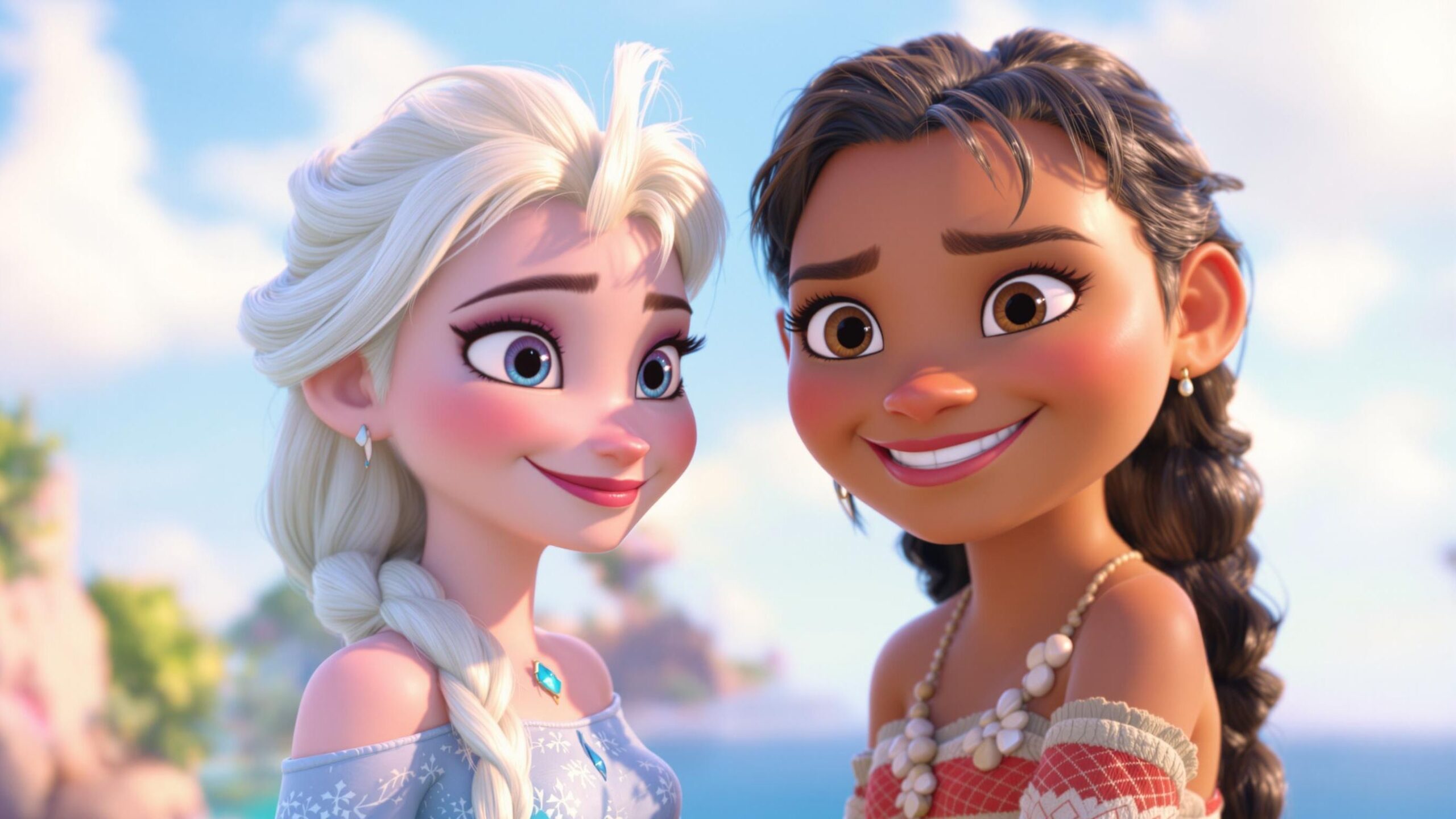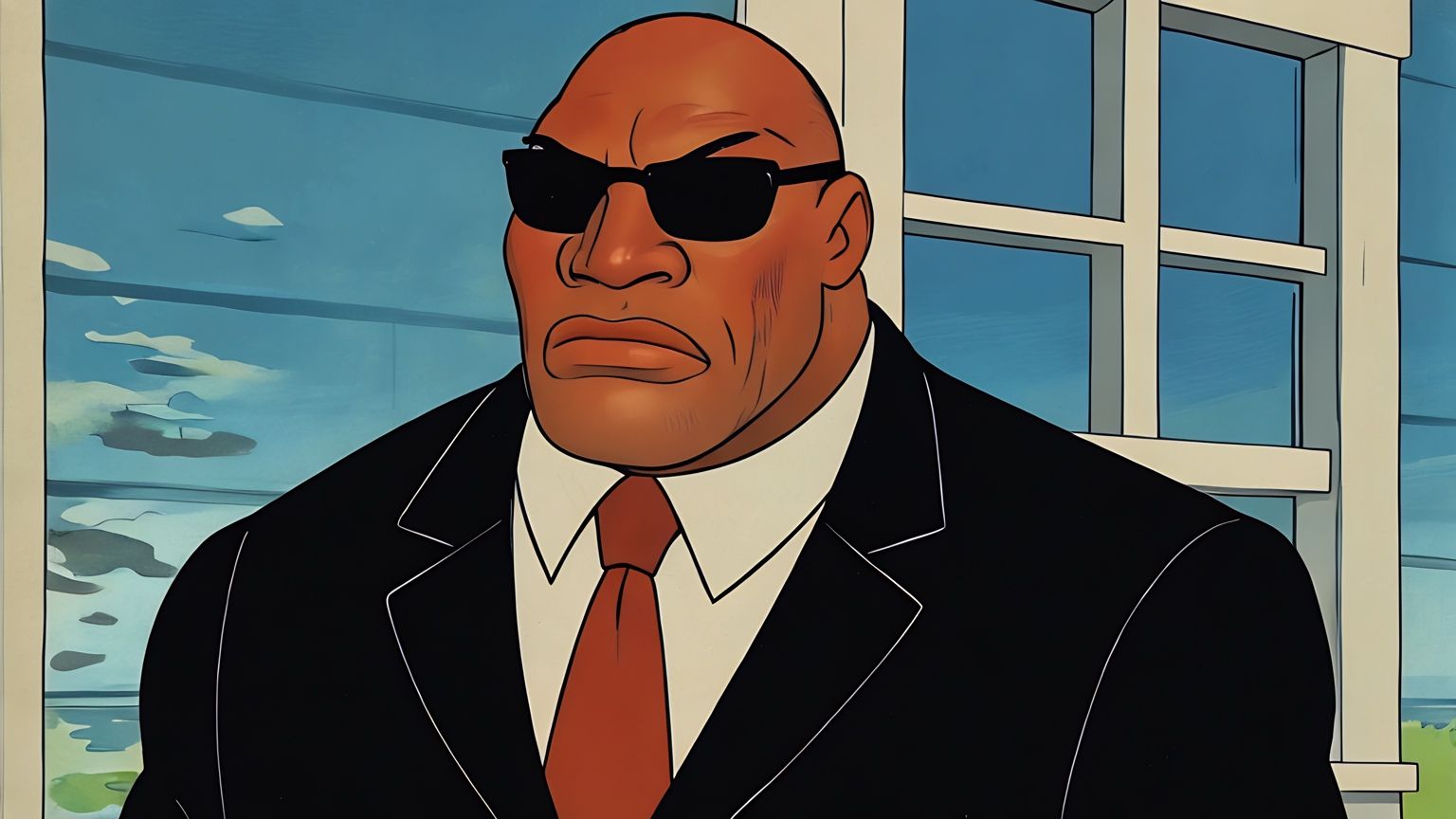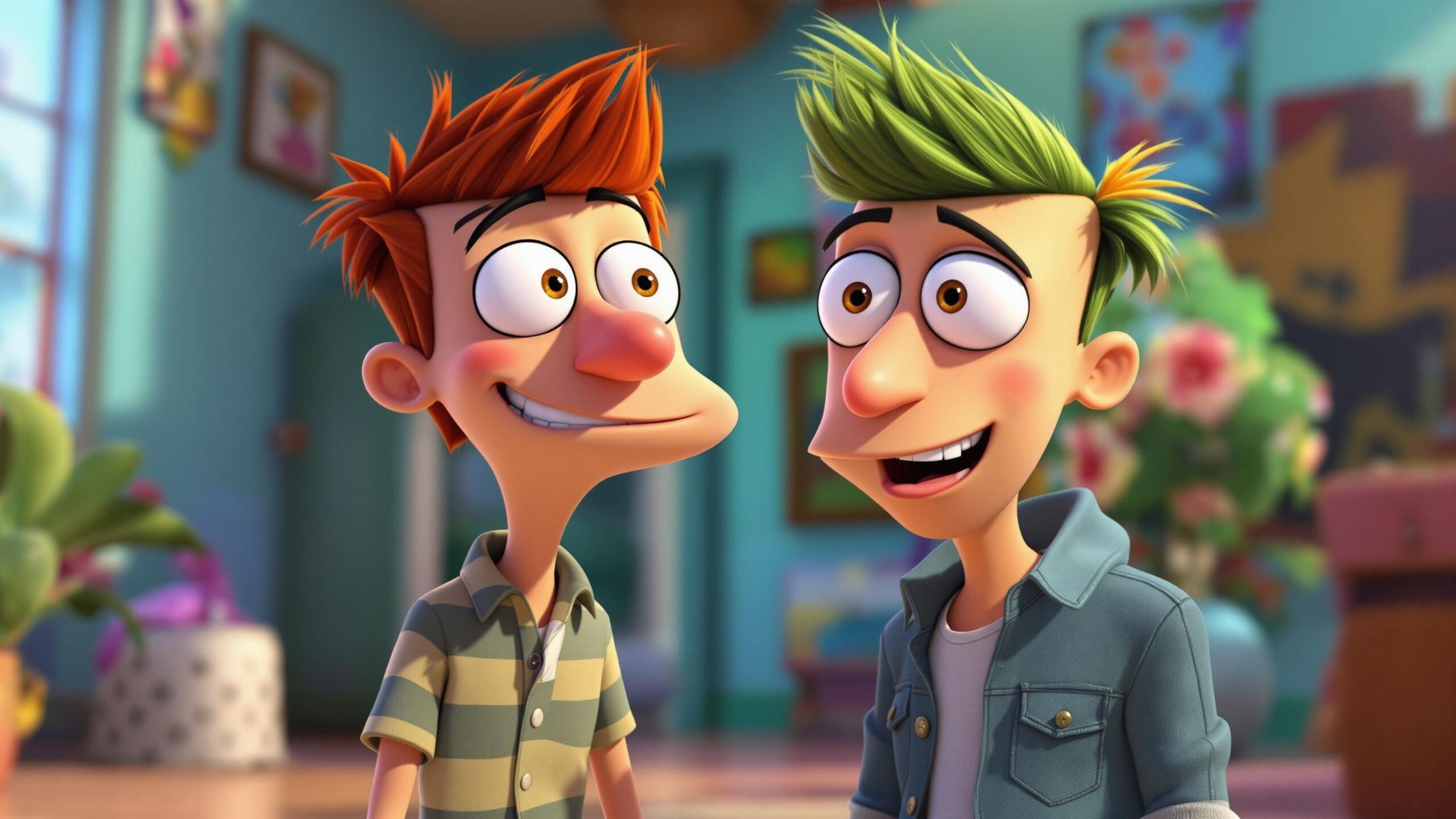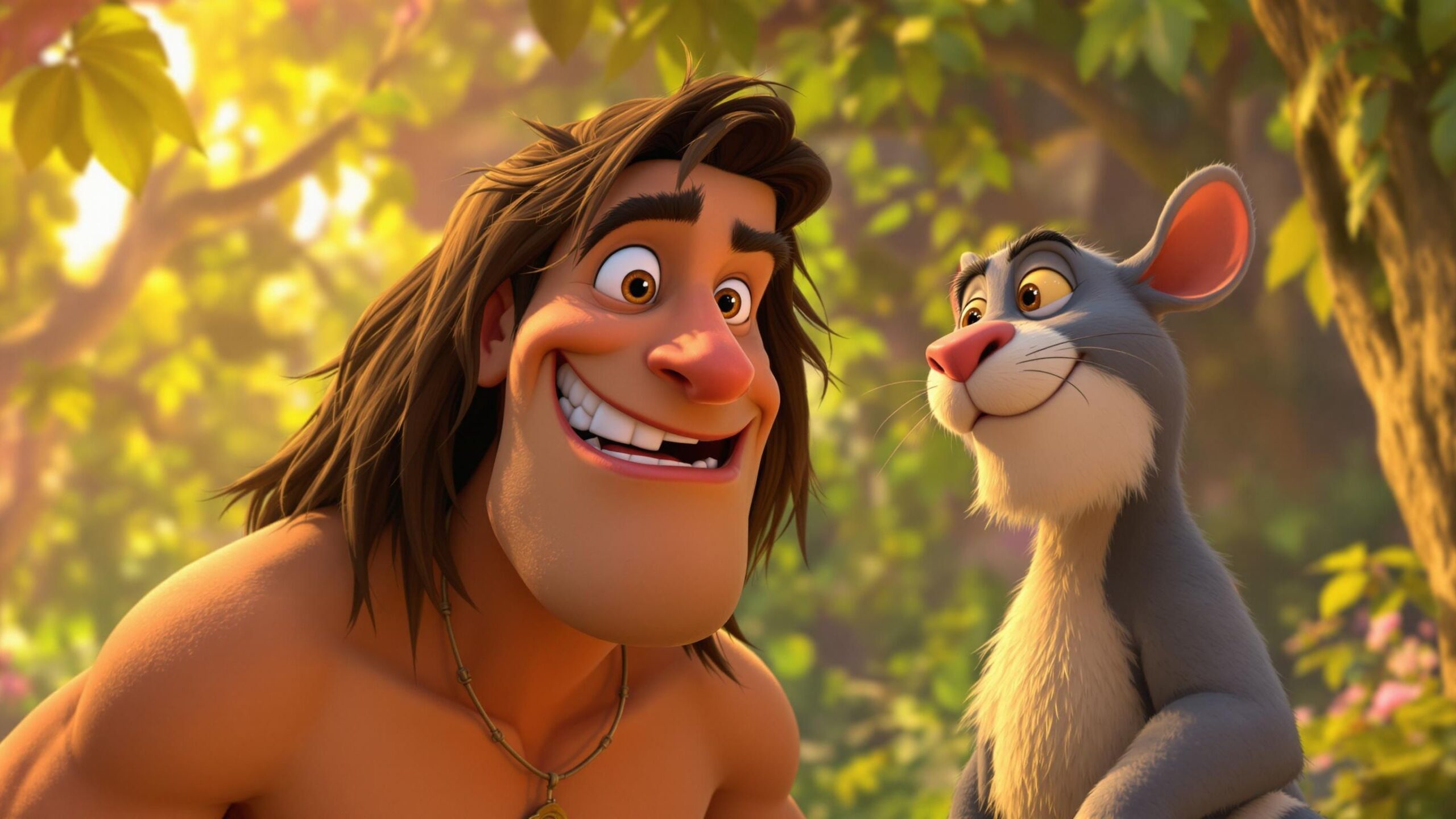They’re fierce. They’re fearless. They’ve both gone on magical, high-stakes journeys filled with breathtaking animation and emotional ballads. But what happens when the icy queen of Arendelle goes head-to-head with the Wayfinder of Motunui? It’s the ultimate Disney showdown—Elsa versus Moana. One commands the power of winter. The other speaks to the ocean like it’s an old friend. Both broke the mold for what it means to be a Disney heroine, rewriting fairy tale rules one wave and snowstorm at a time. Elsa and Moana represent two very different kinds of power, two vastly different destinies, and two unforgettable journeys of self-discovery. Elsa leans inward, grappling with control, fear, and identity. Moana, on the other hand, leans outward, setting sail toward the horizon with nothing but determination and a very persuasive chicken. But no matter their direction, both heroines have redefined strength and inspired audiences around the world. So, let’s dig into this frozen-versus-seafaring face-off. From magical abilities and emotional growth to iconic songs and cultural impact, it’s time to ask the big questions: Who would win in a duel? Whose journey hits harder? And which of these Disney queens of courage stands tallest at the end of the day?
Power Check: Ice vs. Ocean
Let’s talk abilities. Elsa’s got range. She creates palaces, dresses, staircases, and even living snow creatures—with her hands. Her control over ice and snow is so strong, it initially scares even her. But by Frozen II, she’s not just controlling her powers—she’s becoming them. She’s literally called the Fifth Spirit, acting as a bridge between magic and humanity. It’s safe to say that Elsa is arguably one of the most powerful characters in the entire Disney universe.
Moana, on the surface, doesn’t have magical powers—at least, not like Elsa’s. But don’t be fooled. She commands respect from the ocean, who chooses her. The sea literally parts for her, lifts her up, and sends her sailing. Moana’s gift is her connection—to her ancestors, to the ocean, and to the spirit of exploration. Her power is relational. It’s not about what she controls—it’s about what she inspires.
So, who wins? Elsa’s powers are flashier, sure. She could technically freeze the ocean, though the ocean might just throw that snowball back in her face. But Moana’s influence is quieter and just as potent. It’s not about bending nature—it’s about understanding it. In a straight-up duel, Elsa probably takes it. But in the long game of connection and spiritual harmony? Moana has the edge.
Journey of the Soul: Self vs. Destiny
Elsa’s journey is deeply introspective. It’s about coming to terms with herself and learning to accept what makes her different. In Frozen, her arc revolves around fear—of hurting others, of being too much, of not being enough. She isolates, hides, and ultimately learns that love—not suppression—is the key to mastering her gifts.
In Frozen II, that journey deepens. Elsa hears a voice calling her—not metaphorically, but literally—and it leads her into the unknown (cue the power ballad). She discovers her magical origin, her mother’s hidden past, and ultimately transforms into something more than a queen—she becomes a guardian of nature, letting go of her throne to be her truest self.
Moana’s journey is more external, but just as emotional. She’s called to the sea but anchored by duty. Her people need her, and she’s torn between staying on the island as a leader or following her heart across the horizon. Her path is one of courage, yes, but also of questioning authority and rediscovering her culture’s forgotten legacy.
Where Elsa’s journey is about embracing her identity, Moana’s is about answering a call. She becomes a leader not because she was crowned, but because she earned it. Her strength comes not from magic, but from a refusal to back down—even when the odds are monstrous and lava-covered.
In the face-off of soul journeys, both arcs deliver emotional punches. But Elsa’s is about personal authenticity. Moana’s is about purpose and community. It’s a draw—but with very different stakes.
Anthems of Empowerment
You can’t talk Elsa and Moana without bringing up their musical mic drops. “Let It Go” wasn’t just a Disney song—it was a cultural meteor. Kids screamed it, adults analyzed it, and Idina Menzel belted it into Broadway eternity. Elsa’s anthem is a declaration of freedom, self-expression, and emotional catharsis wrapped in a snowstorm. It’s bold, defiant, and unforgettable.
But then there’s “How Far I’ll Go.” Moana’s ballad isn’t a declaration—it’s a longing. A call from the sea and her heart at once. It’s quieter, more contemplative, but every bit as powerful. It captures the ache of wanting more while loving what you have. It’s about the push and pull of responsibility versus adventure.
And let’s not forget their second acts. Elsa’s “Show Yourself” is a haunting, transcendent duet with her own legacy. It brings tears. Moana’s reprise of “I Am Moana” (the one with the ancestors and the glowing grandmother stingray) hits like a tidal wave of identity and bravery.
So, who wins the musical battle? Elsa may have the viral hit, but Moana arguably has the more emotionally nuanced catalog. It’s Broadway versus soul. Fireworks versus the tide. It’s subjective—but either way, you’re crying by the second verse.
Sidekicks and Squad Goals
Elsa’s got Anna, Olaf, Kristoff, and Sven—each bringing humor, heart, and reindeer love. But it’s the relationship between Elsa and Anna that anchors the Frozen franchise. They’re not just sisters—they’re soulmates in the sibling sense. Anna’s unconditional love is the thing that literally thaws a frozen heart. Together, they show that love doesn’t have to be romantic to be revolutionary.
Moana flies’ solo for most of her movie, but she’s backed by the spirit of her grandmother, her ancestors, and an ocean that gets her. Then there’s Maui—shapeshifting demigod, part-time diva, and full-time comedic relief. Their dynamic is antagonistic, mentor-y, and eventually, cooperative. It’s not quite friends-to-lifelong-bonded like Anna and Elsa, but it’s a dynamic duo in its own right.
In terms of squad chemistry, Frozen has more ensemble energy. But Moana’s solo run makes her shine all the brighter. She doesn’t need a prince. She doesn’t even need shoes. Her sidekicks are a sentient ocean, and a chicken named Heihei—and somehow, that works.
Style, Symbolism, and Setting
Elsa’s aesthetic is iconic. Icy gowns, sparkly capes, and wind-blown perfection. She’s the epitome of cool (pun absolutely intended). Her look evolves from buttoned-up repression to sleek snow queen glam, mirroring her emotional journey. And that Let It Go dress transformation? Straight-up animation history.
Moana rocks natural curls, ocean-inspired outfits, and bare feet. Her look is rooted in culture, not couture. It’s functional, beautiful, and real. She doesn’t need a makeover—because her strength was always visible. And while Elsa builds frozen castles in the mountains, Moana sails through vast oceans, under stars, and into lava lairs.
Elsa’s world is magical and mysterious, but Moana’s is spiritual and ancestral. The symbolism in Moana runs deep—from the heart of Te Fiti to the ocean’s guidance. Frozen leans more on fantasy archetypes. Moana leans into cultural reverence and mythology. Both are stunning. Both are immersive. But one is rooted in real-world legends, and that gives Moana an edge in depth.
Cultural Impact and Legacy
Elsa broke the mold. She was a Disney princess who didn’t need saving—and didn’t end her movie with a prince. She gave us a heroine whose internal struggle took center stage. She gave kids (and adults) permission to own their identity, whatever that looked like. She helped usher in a new era of Disney storytelling—emotionally complex, less romance-focused, and all about personal power.
Moana pushed that evolution further. She’s not royal by marriage—she’s royal by blood and action. Her story dives into Pacific Islander culture with reverence and beauty. She brings representation to a part of the world often left out of fairy tales. And her courage isn’t about fighting evil—it’s about restoring balance, righting a wrong, and remembering who we are.
Elsa’s impact was seismic. Moana’s was spiritual. Elsa sparked merchandise mania. Moana sparked cultural pride. Together, they changed Disney. But in terms of storytelling depth and cultural celebration, Moana might just edge out the win.
Final Verdict: The Power of Both
So, who wins the face-off? Is it the queen who commands ice and redefined what a Disney princess could be? Or is it the voyager who challenged gods, restored nature, and charted her own course with nothing but determination and a chicken?
Truthfully, there’s no clear winner—and that’s what makes this face-off so satisfying. Elsa and Moana are two sides of the same empowering coin. One looks inward. One looks outward. One is about identity. One is about legacy. One conjures storms. The other calms them.
What they share is a refusal to be defined by tradition. A commitment to follow their truth. And an undeniable influence on the next generation of storytellers and heroes.
So, whether you’re building castles in the snow or sailing beyond the reef, the message is clear: bravery comes in many forms—and sometimes, the fiercest battles are the ones we fight within ourselves.




